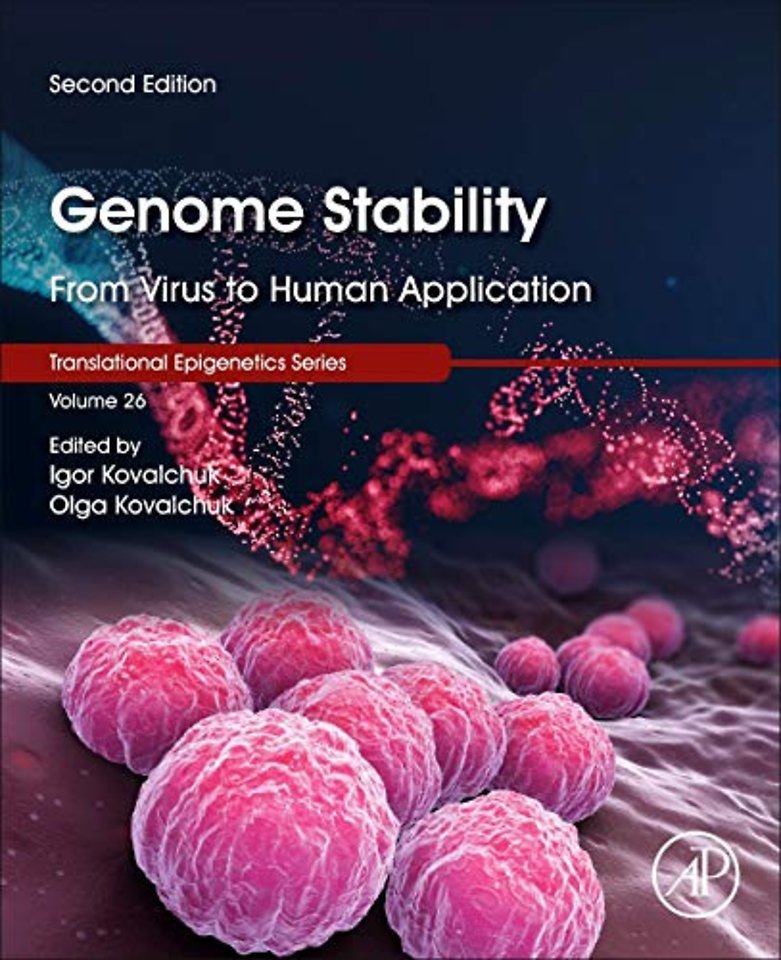Genome Stability
From Virus to Human Application
Paperback Engels 2021 9780323856799Samenvatting
Genome Stability: From Virus to Human Application, Second Edition, a volume in the Translational Epigenetics series, explores how various species maintain genome stability and genome diversification in response to environmental factors. Here, across thirty-eight chapters, leading researchers provide a deep analysis of genome stability in DNA/RNA viruses, prokaryotes, single cell eukaryotes, lower multicellular eukaryotes, and mammals, examining how epigenetic factors contribute to genome stability and how these species pass memories of encounters to progeny. Topics also include major DNA repair mechanisms, the role of chromatin in genome stability, human diseases associated with genome instability, and genome stability in response to aging.
This second edition has been fully revised to address evolving research trends, including CRISPRs/Cas9 genome editing; conventional versus transgenic genome instability; breeding and genetic diseases associated with abnormal DNA repair; RNA and extrachromosomal DNA; cloning, stem cells, and embryo development; programmed genome instability; and conserved and divergent features of repair. This volume is an essential resource for geneticists, epigeneticists, and molecular biologists who are looking to gain a deeper understanding of this rapidly expanding field, and can also be of great use to advanced students who are looking to gain additional expertise in genome stability.
Specificaties
Lezersrecensies
Inhoudsopgave
Rubrieken
- advisering
- algemeen management
- coaching en trainen
- communicatie en media
- economie
- financieel management
- inkoop en logistiek
- internet en social media
- it-management / ict
- juridisch
- leiderschap
- marketing
- mens en maatschappij
- non-profit
- ondernemen
- organisatiekunde
- personal finance
- personeelsmanagement
- persoonlijke effectiviteit
- projectmanagement
- psychologie
- reclame en verkoop
- strategisch management
- verandermanagement
- werk en loopbaan

